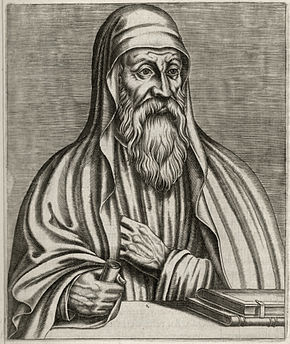Real life has kept me busy enough — and exhausted enough in between periods of busy enough — to have a break from this scene for most of last month. Now I’m wondering where I left off. I know I was trying to keep spinning a few plates at once, but it all seems like ancient history to me now.
Some of the issues I was addressing really need lots of time to treat as well as I think they deserve. I don’t think the blog is really the best medium for most of the stuff I’m interested in any more. But change means effort and that sounds like hard work. I keep thinking I should organize some of my posts in more easy to find web articles. I’d like to collate various series like that of Roger Parvus as a single pdf document some time (if I have his permission of course). I’d also like to revise and collate some of my discussions on historical methodology into one single document. One day. (But it would help if an intellectually competent anti-mythicist could be found and engaged to help sharpen the arguments.)
I was enjoying the way a number of readers expressed some interest in some of my posts from time to time, and I would welcome any feedback either here or in email (neilgodfrey1 [ @ ] gmail.com) if there is any lingering interest in my following up some of those posts.
So, what to write about next? I have a few ideas, but which one will involve the least effort?






